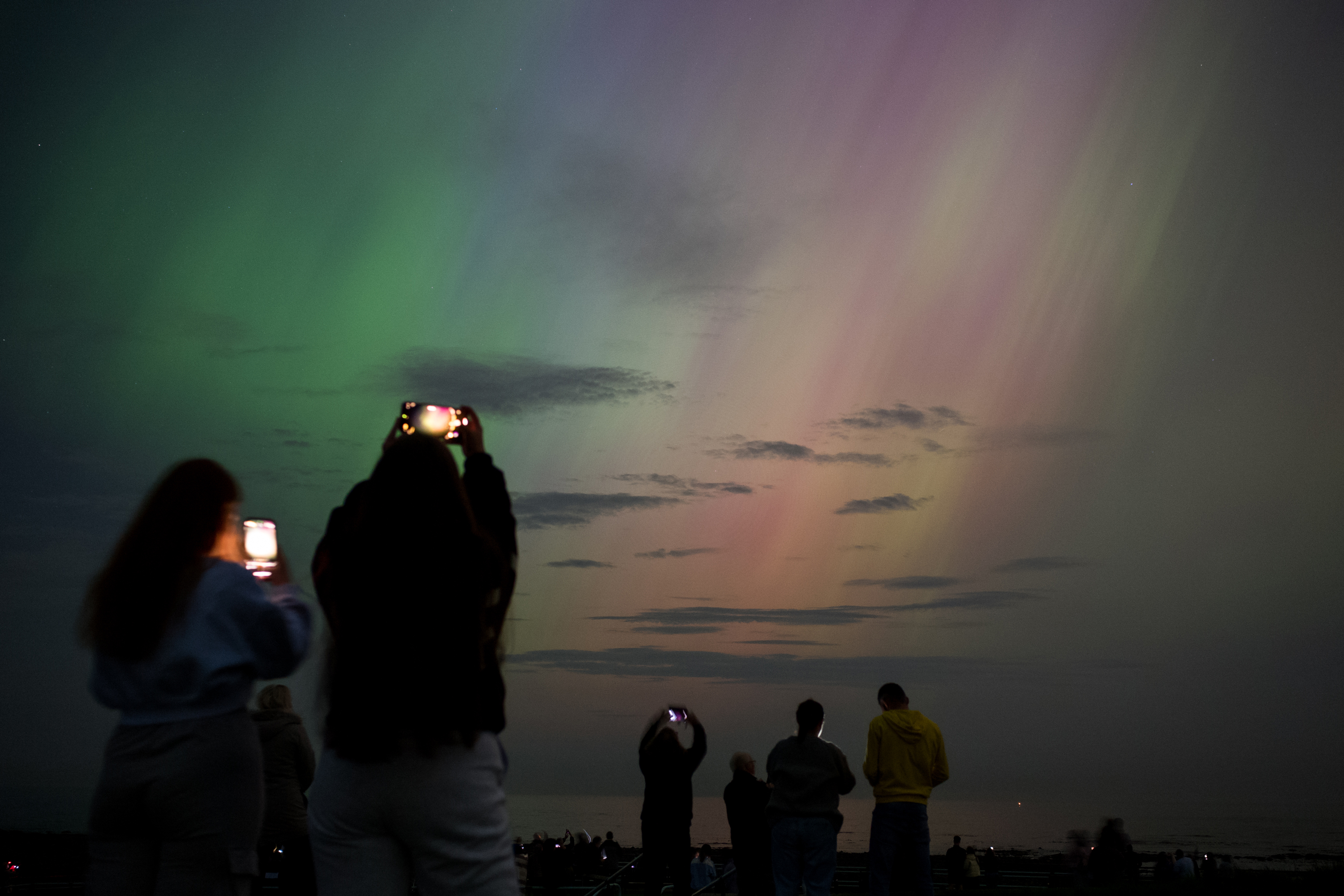
The Biden administration is monitoring the possibility of impacts from the solar storm this weekend, according to a White House official.
The official said an interagency effort is underway with participation from the Department of Energy, the National Oceanic and Atmospheric Administration and the Cybersecurity and Infrastructure Security Agency, among others.
“NOAA’s Space Weather Prediction Center has notified operators of infrastructure systems of potential risks so they can take any needed mitigation measures,” the official said, and “The Cybersecurity and Infrastructure Security Agency as well as other sector risk management agencies are working closely with infrastructure operators to ensure necessary precautions are taken.”
The US Secret Service presidential protection division is also coordinating with the White House and local jurisdictions, US Secret Service communications chief Anthony Guglielmi said.
“This ensures maximum interoperability and is important when visiting remote locations or in instances with extreme environmental events, like solar flares and major storms,” he said.

